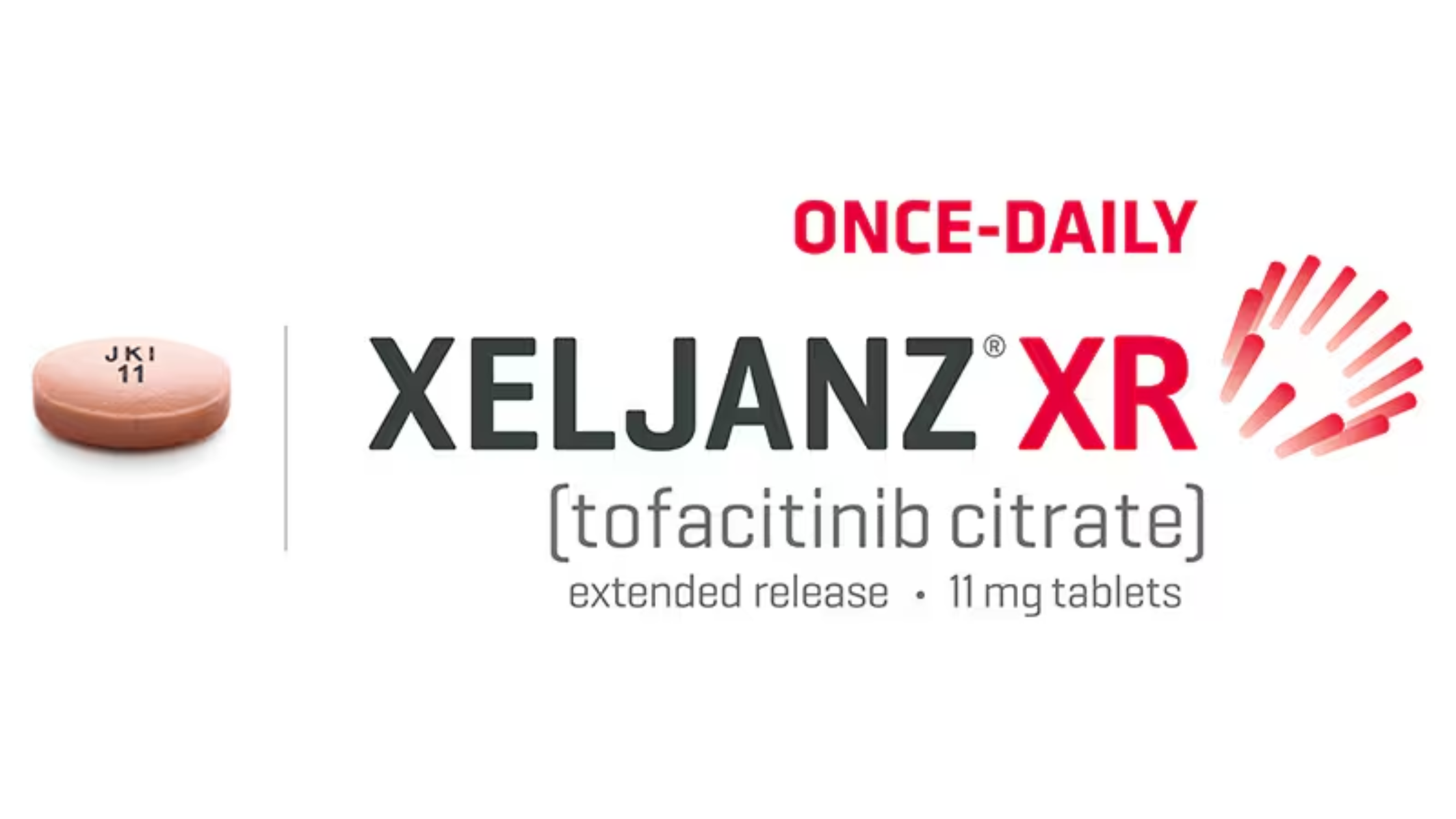Last updated on November 24th, 2024 at 03:55 pm
Can antidote get you high? Well, when it comes to antidotes, there’s a lot of misinformation floating around, especially with the rise of curious minds seeking quick highs or dubious remedies. The idea that an antidote could get you high is one such myth that has gained traction in various circles. But what’s the truth behind this claim? Can antidotes really produce a euphoric effect or any kind of high? In this comprehensive article, we’ll dive deep into the world of antidotes, debunk common myths, and provide evidence-based insights into their true nature. Whether you’re intrigued by medical science or simply curious about these misconceptions, this article will clarify everything you need to know.
Antidotes at a Glance
Before we address the myths, it’s crucial to understand what an antidote is (this is a summary, Check the complete guide on antidotes). Antidotes are substances used to counteract the effects of poisons or toxins. They work by neutralizing the poison, blocking its effects, or reversing its action. The primary goal of an antidote is to restore normal bodily function and prevent or minimize harm. They are a critical component of medical treatments in cases of poisoning and overdose.
- Chemical Antidotes: These work by chemically neutralizing the poison. For example, activated charcoal is often used to bind toxins in the digestive system.
- Pharmacological Antidotes: These counteract the toxic effects by acting on the same biological pathways as the poison. Naloxone is a classic example, used to reverse opioid overdoses.
- Physiological Antidotes: These work by modifying the physiological effects of the poison. For example, sodium bicarbonate can help counteract the effects of certain toxic overdoses.
The Myth of Antidotes Getting You High
Now that we have a foundational understanding of antidotes, let’s address the myth that they can get you high. This misconception likely arises from a combination of misunderstandings about how antidotes work and misinformation.
Myth 1: Antidotes Have Psychoactive Properties
Debunking the Myth: Antidotes are designed to counteract specific toxins and poisons. Their primary function is not to produce a psychoactive effect. Most antidotes, such as naloxone or activated charcoal, do not affect the central nervous system in a way that would induce a high. The compounds used in antidotes are selected for their ability to bind with or neutralize toxins, not for their ability to alter mood or consciousness.
Myth 2: Antidotes Are Used Recreationally
Debunking the Myth: There are no antidotes that are used or abused for recreational purposes. Unlike substances that are deliberately used to achieve a high, antidotes are strictly medical. They are used in emergency situations to address poisoning or overdose and are administered by healthcare professionals. The notion of using an antidote recreationally is not only dangerous but also completely unfounded.
Myth 3: Antidotes Have Hidden Effects
Debunking the Myth: Some people believe that antidotes might have hidden effects that could induce a high. However, antidotes are subject to rigorous testing and approval processes that ensure their safety and efficacy. They are thoroughly studied for their effects on the body, and any potential side effects are well-documented. If an antidote had psychoactive properties, it would be noted in its medical literature and not be used in emergency settings.
Scientific Evidence on Antidotes and Psychoactive Effects
To further debunk the myths, let’s look at scientific evidence and research on antidotes.
- Naloxone: This is a well-known antidote used to reverse opioid overdoses. Naloxone works by binding to opioid receptors in the brain, but it does not produce a high. Instead, it rapidly reverses the effects of opioids, including respiratory depression. Naloxone is administered in emergencies to restore normal breathing and consciousness.
- Activated Charcoal: Used to absorb toxins in the digestive system, activated charcoal does not interact with the central nervous system. Its role is to bind with toxins to prevent their absorption. It does not have any psychoactive effects and is used in specific medical contexts.
- Sodium Bicarbonate: This is used to counteract certain toxic overdoses by altering the pH balance in the body. It is not designed to produce any psychoactive effects and is used to stabilize patients in critical situations.
Case Studies and Real-Life Applications
Examining real-life cases can help illustrate the practical use of antidotes and dispel myths about their effects.
- Opioid Overdoses: Naloxone has saved countless lives by reversing opioid overdoses. In these situations, naloxone works quickly to counteract the life-threatening effects of opioids, such as respiratory depression. It does not cause a high but restores normal breathing and consciousness.
- Heavy Metal Poisoning: In cases of heavy metal poisoning, specific antidotes like chelating agents are used to bind and remove toxic metals from the body. These antidotes are crucial in preventing long-term damage but do not produce psychoactive effects.
- Acidic or Alkaline Poisoning: Sodium bicarbonate can be used to treat poisoning with acidic substances. Its role is to neutralize the acid and prevent damage to the body. It is a vital tool in emergency medicine but does not affect mood or consciousness.
Antidotes in the Context of Substance Abuse
While antidotes themselves do not produce a high, it’s important to discuss their role in the context of substance abuse and addiction treatment.
- Treatment of Overdoses: Antidotes are critical in the treatment of overdoses, particularly with substances like opioids. By reversing the effects of the overdose, antidotes can prevent fatalities and stabilize patients. This role is crucial in emergency medicine and addiction treatment but does not involve any psychoactive effects.
- Harm Reduction: Antidotes like naloxone are part of harm reduction strategies aimed at minimizing the impact of substance abuse. They provide a safety net for individuals at risk of overdose, offering a chance for recovery without any psychoactive effects from the antidote itself.
The Role of Education and Awareness
To combat myths and misconceptions about antidotes, education and awareness are essential.
- Public Education: Understanding the true function of antidotes can prevent the spread of misinformation. Educational campaigns and accurate information about antidotes can help debunk myths and promote safe practices.
- Medical Training: Healthcare professionals play a crucial role in educating patients and the public about the proper use of antidotes. Accurate information about antidotes and their effects is vital for effective medical treatment and preventing misuse.
In Summary
In conclusion, antidotes are essential medical tools designed to counteract the effects of poisons and toxins. They do not have psychoactive properties and cannot induce a high. The myths surrounding antidotes and their supposed ability to get you high are based on misunderstandings and misinformation. By understanding the true role of antidotes and relying on scientific evidence, we can debunk these myths and appreciate the vital role antidotes play in emergency medicine and substance abuse treatment.
If you’ve learned something new from this article, or if you have any questions about antidotes and their uses, feel free to leave a comment below. Knowledge is power, and understanding the facts about antidotes helps dispel myths and promotes informed discussions about medical science.



